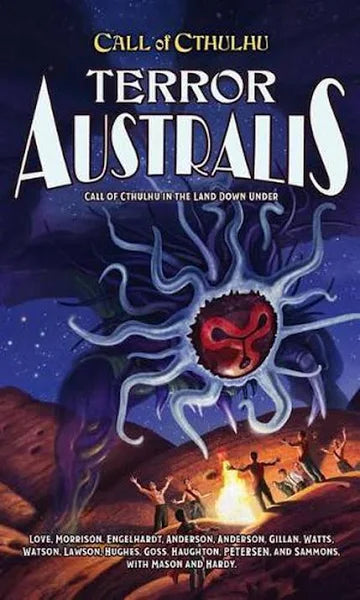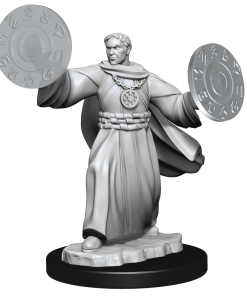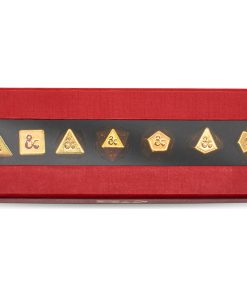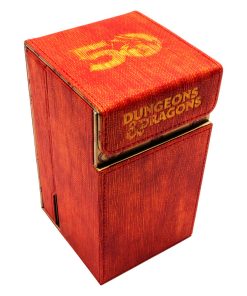Call of Cthulhu RPG: Terror Australis 2nd Edition Let’s Play Games
$ 85,00 $ 42,50
The driest, flattest, and smallest continent, Australia is almost as big as the continental United States, but has a fraction of the inhabitants—six million people in 1925. Beyond the settled areas, three-quarters of the land remain relatively little known until after World War Two. Seen by those in Europe and America as one of the last great wildernesses, despite decades of exploration and incursion, it remained a place that guarded its secrets.
While the ancient and primordial character of the Australian inland lures many, it is the cities in the south and east that have become centers of population. Surprisingly modern and surprisingly British in character—it is not uncommon for foreign visitors to express astonishment when they disembark from their steamer in Sydney or Melbourne and find themselves in a great metropolis with all the modern refinements of London or New York.
Ever present, though, are the modern blights afflicting cities worldwide: organized crime, overcrowding, civil unrest, and uncertainty. This unique mix of old and new—the tension between civilization and the frontier—is what makes Australia a particularly fertile 1920s setting for Call of Cthulhu.
Prompt Shipping and professional packaging
Our long-standing relationship with UPS FedEx DHL and other carriers around the world gives us the ability to provide a range of shipping services. Our warehouse personnel is highly-skilled and will package your items according to our precise and exact specifications. Your goods are thoroughly checked and properly secured before shipping. Everyday, we send to thousands of clients in different countries. This shows that we're committed to be the largest retailer online in the world. The warehouses are located located in Europe as much as they are in the USA.
Note: Orders that contain more than one item will be assigned a distinct processing time for each item.
Prior to shipping We will inspect thoroughly the items you have ordered. The majority of orders will be sent within 48 hours. The delivery time is estimated to be between three and seven days.
Returns
The inventory is always changing and we do not completely manage it due to the fact that many stakeholders are involved, including our factory and warehouse. The actual stock levels can fluctuate at any point. Please understand it may happen that your order may be out of stock once the order has been placed.
Our policy is valid for 30 days. Unfortunately, if thirty days have passed from the date you purchased the item, we cannot offer you a return or exchange.
Your item must be in its original packaging and be unused. It should also be in the original package.







































